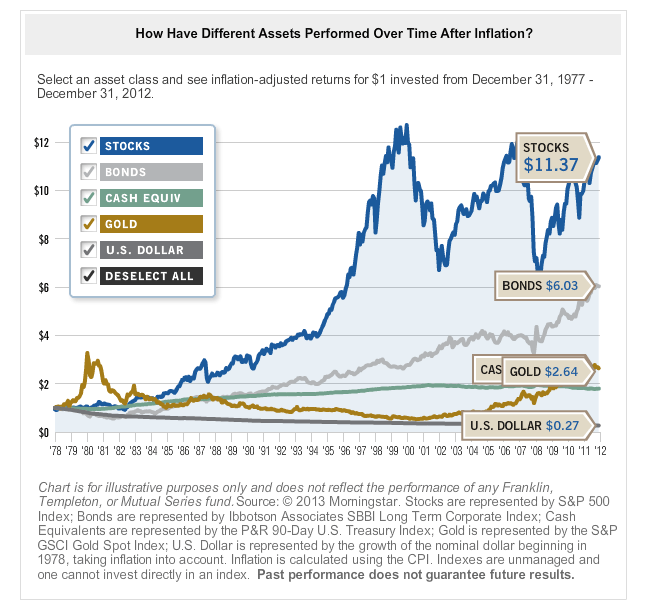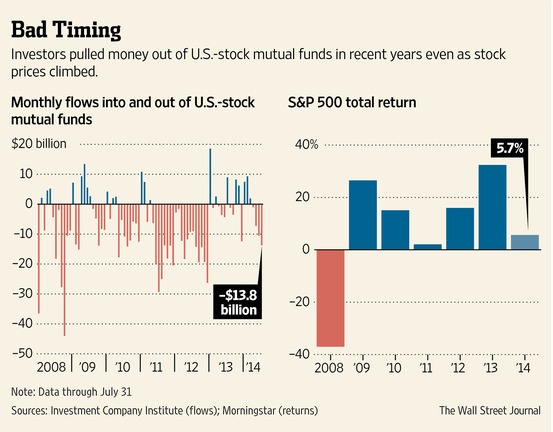Oil prices have fallen from over 100$ per barrel to $82.77 (WTI) yesterday. However the stock prices of many of the companies that produce the equipments for the insustry and provide services have fallen much harder.For example, France-based CGG (CGG) is down nearly 58% year-to-date.
The following are five of the foreign Oil and Gas Equipment & Service Providers that trade on the US markets:
1.Company: CGG (CGG)
Current Dividend Yield: Dividends not paid
Country: France
2.Company: Petroleum Geo Services ASA (PGSVY)
Current Dividend Yield: 6.52%
Country: Norway
3.Company: Technip SA (TKPPY)
Current Dividend Yield: 3.54%
Country: France
4.Company: SeaDrill Limited (SDRL)
Current Dividend Yield: 16.31%
Country: Bermuda
5.Company: Petrofac Limited (POFCY)
Current Dividend Yield: 3.86%
Country: Channel Islands with HQ in London, UK
Just because the stock prices of these companies look cheap they don’t mean they are a great buy at current levels. Dividends can be cut if oil prices fall further and stock prices can get even cheaper.
Note: Dividend yields noted above are as of Oct 21, 2014. Data is known to be accurate from sources used.Please use your own due diligence before making any investment decisions.
Disclosure: Long TKPPY

